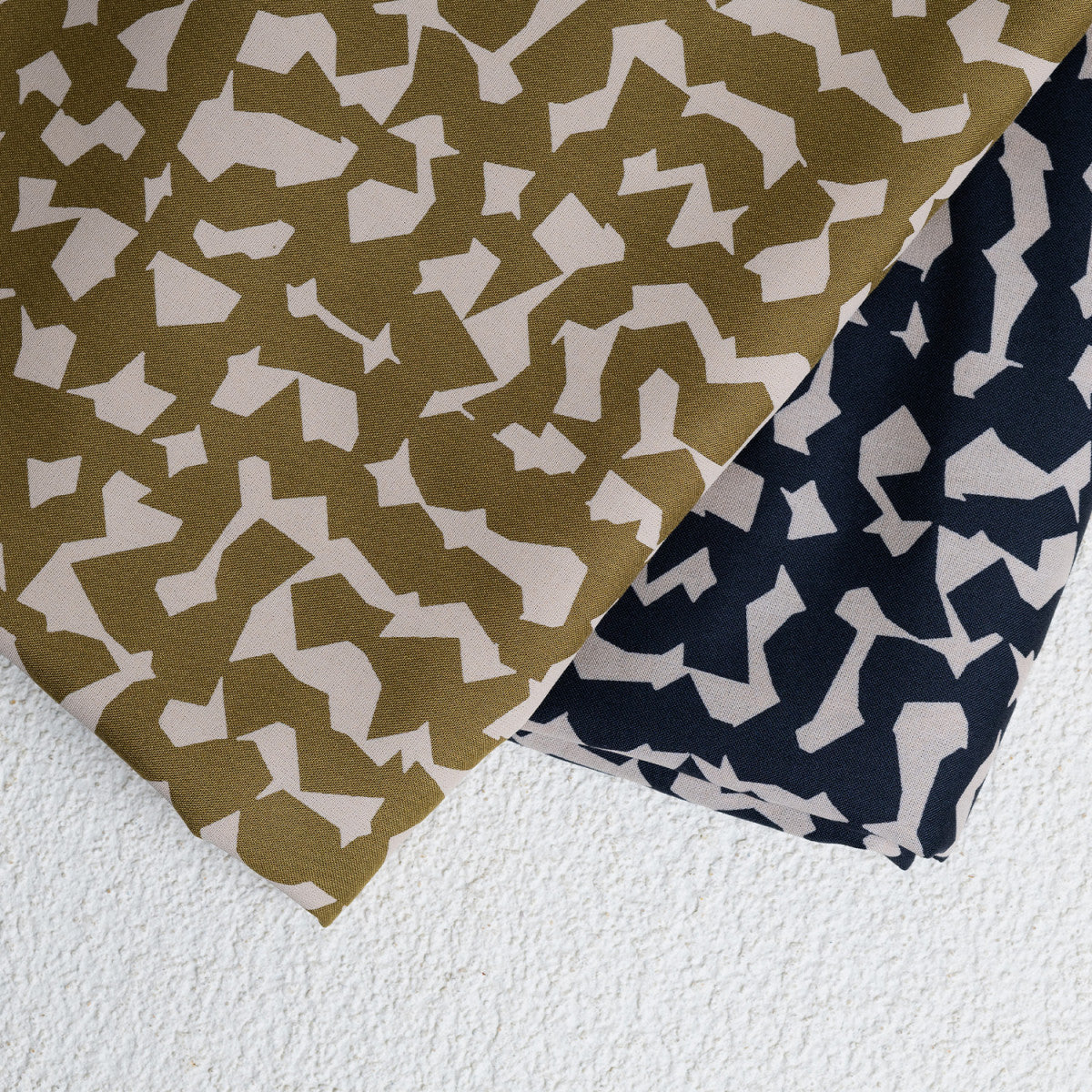
6 tips for working with Linen Fabric

1. Pre-wash your linen fabric
There are manufacturers instructions for washing your fabrics but when it comes to linen, flax is such a hardy fibre that it can take quite a beating (literally). Because linen fabric is prone to shrinkage, I find it best to wash it as I will continue to use it - thus ensuring that any shrinking is complete before beginning to sew your garment.

To that I use a cold wash (as we usually do) and then finish the fabric off in the dryer. That way if it accidentally goes through the dryer (if someone else 'helps' with the washing) there is no harm done.
2. Press your linen fabric before cutting out your pattern pieces
This might sound like an obvious step, but there is more to it than just making your fabric flat for accurate cutting when it comes to linen. Steam helps to relax the flax fibres after the drying process. Pressing slightly 'lengthens' (more accurately realigns) the threads that have bunched up together whilst drying. Heat and steam also make the material temporarily 'stiff' which is excellent for accurate cutting and sewing, especially for beginners.
3. Choosing needle and stitch length
I would recommend a universal needle of 80/12 for medium to heavy weight linen. Fine linen fabrics (such as Nani Iro Hakko Fine Linen) require a 70/11 size needle.

Use a straight stitch with a length between 2.5 - 2.9mm.
4. Stay stitch pattern pieces
Stay stitching is used in garment preparation to prevent vulnerable edges of cut fabric from stretching out of shape before assembly. These pieces often include:
- necklines
- arm holes
- curved hems
- edges cut on the bias (45 degree angle to the grain)
Use a large length stitch - 5mm (similar to a basting stitch) and stitch in between the seam line and the edge of the fabric. For deep curves (such as necklines) head into the curve, but when you get to the middle/deepest part of the curve, stop. Cut your thread and then start again from the other side and finish sewing in the middle of the dip. This prevents unintentional stretching of the fabric as you come out of the curve.
5. Finishing your raw edges
Linen fabric frays at the edge when left raw. Finishing your edges is an excellent way to help your garment last longer.
If you don't own an overlocker (serger) then I recommend french seams for a beautiful finish inside and out. You can even french seam set in sleeves if you go slowly and it makes for a stunning finished garment. If you want something a little more flat for your finish, use topstitching and try a welt seam or a flat felled seam. These seam finishes are often used in making jeans and other forms of hard wearing pants but are also a lovely alternative finish on linen.

6. Give it time (and wear it heaps!)
This may sound like an unusual 'tip' but when it comes to linen the fibre needs time to 'wear in'. Your linen fabric garment will actually be at its comfortable 'best' after 5 years of wearing and washing! So if you are a little bit surprised by how stiff your garment feels at first, the solution is to wear it more often and the heat of your body, and the process of washing the linen will gently soften the fabric over time.
Linen is a great investment in caring for the environment and for your wardrobe - so take your time to choose a pattern you know that you will love for more than just this season.
Click here to read our top sewing pattern suggestions for linen fabric.
Want to know more about linen fabric? Click HERE.
MaaiDesign aims to be one of the top suppliers of quality linen fabric online in Australia and to be the fabric store of choice for home sewists.
We pride ourselves on supporting indie sewing pattern businesses and stocking only high quality materials so that your projects look great, feel great and last a lifetime.

